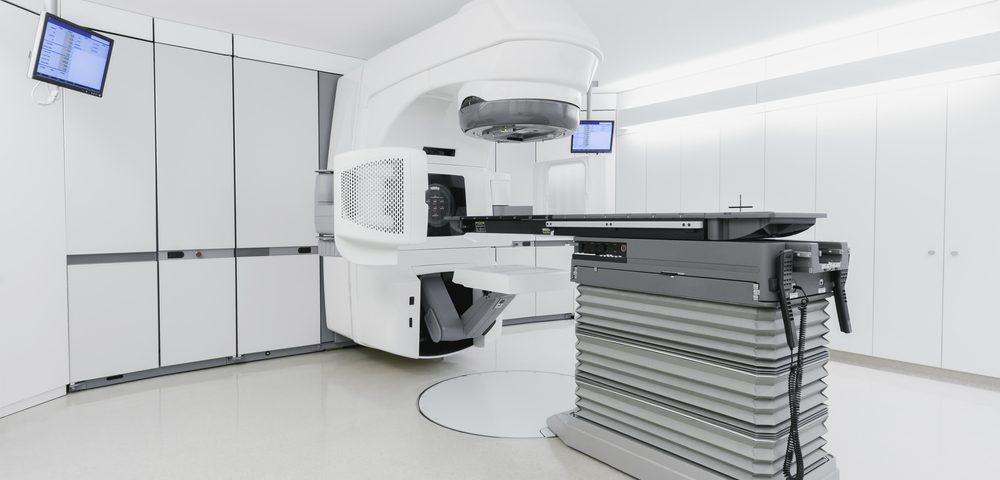Breast cancer patients getting radiation therapy are 10 times more likely to develop a second primary lung cancer than patients who received other treatment approaches, concludes a recent study of East Asian women.
The study, “Radiation Therapy for Invasive Breast Cancer Increases the Risk of Second Primary Lung Cancer: A Nationwide Population-based Cohort Analysis,” appeared in the Journal of Thoracic Oncology.
Lung cancer is the leading cause of cancer-related death worldwide. Risk factors include smoking, age, family history of lung cancer, exposure to radiation and chronic inflammatory diseases.
While prior studies have shown that radiation therapy for breast cancer could increase the risk for esophageal cancer, less is known on its link with breast cancer and the incidence of second primary lung cancers.
Aiming to assess this link, Taiwanese researchers used the Taiwan Longitudinal Health Insurance Database (LHID) to examine data from 986,713 breast cancer patients randomly enrolled from 2000 to 2010 for cohort analysis.
The study included all women with newly diagnosed invasive breast cancer, aged 18 years or older, and without other diseases before 2000 or in the follow-up periods. Eligible patients were assigned to the radiation or non-radiation cohorts.
In total, 7,408 women with breast cancer participated in the study, of which 5,695 had undergone radiation therapy and 1,713 had not. In the radiation group, 127 patients (2.25 percent of the total) developed lung cancer, as did four patients (0.23 percent) of the non-radiation group.
After adjusting for age, other diseases, insurance, urbanization, hospital care level, location and date of event, the team found that women receiving radiation therapy for breast cancer were 10 times more likely than those getting other forms of treatment to develop second primary lung cancer.
Yet the study had limitations that could influence their data, researchers said. In particular, the LHID did not specify its criteria for breast cancer staging. It was unclear whether patients had developed lung cancer on the same side they had received prior radiation. Nor could researchers determine the radiation type, dosage and other factors, like smoking, from the LHID.
Nonetheless, Yi-Jhih Huang of Taiwan’s National Defense Medical Center said the study showed that “radiation therapy for breast cancer, which is an important treatment option, was correlated with a significant increase in the incidence of second primary lung cancer, particularly among older women or advanced stage breast cancer.”
The team added: “Patients who undergo radiation therapy for multidisciplinary treatment of breast cancer should be carefully monitored to detect potential second primary lung cancer.”

